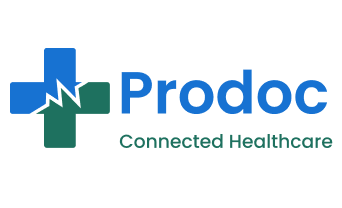The landscape of software development and IT operations has evolved dramatically in recent years. The rise of cloud computing, particularly serverless architectures, has ushered in a new era of automation and efficiency. At the forefront of this transformation is the concept of NoOps.
What is NoOps?
NoOps is a term that represents the ultimate goal of automation in IT operations. It envisions a world where the need for traditional IT operations teams is significantly reduced, if not eliminated entirely. With NoOps, the focus shifts from managing infrastructure to delivering business value.
Serverless computing is a key enabler of NoOps. By abstracting away the underlying infrastructure, serverless platforms handle the provisioning, scaling, and management of resources automatically. Developers can concentrate solely on writing code, without worrying about server configuration, patching, or load balancing.
NoOps vs. DevOps: A Comparison
Before diving deeper into NoOps, it’s essential to understand its relationship with DevOps. DevOps is a cultural and professional movement that emphasizes collaboration between development and operations teams to shorten the software development lifecycle while delivering feature-rich software.
While DevOps aims to improve collaboration and efficiency, NoOps takes automation to the next level. It seeks to eliminate many of the manual tasks typically associated with IT operations. In essence, NoOps can be seen as the logical evolution of DevOps in a serverless environment.
Benefits of NoOps
Adopting a NoOps approach offers numerous advantages:
- Increased Developer Productivity: By freeing developers from operational burdens, they can focus on innovation and delivering new features faster.
- Faster Time-to-Market: With automated infrastructure management, applications can be deployed and scaled more rapidly.
- Reduced Costs: By eliminating the need for large IT operations teams and optimizing resource utilization, organizations can achieve significant cost savings.
- Improved Scalability: Serverless platforms handle scaling automatically, ensuring that applications can handle varying workloads without manual intervention.
- Enhanced Reliability: Automated infrastructure management reduces the risk of human error and improves system reliability.
Challenges and Considerations
While NoOps holds immense promise, it’s important to acknowledge the challenges involved in achieving this ideal state.
- Vendor Lock-in: Overreliance on cloud providers can lead to vendor lock-in. It’s crucial to evaluate the portability of applications and data.
- Skillset Transition: As operational tasks are automated, IT professionals will need to acquire new skills, such as cloud development and data engineering.
- Security and Compliance: Ensuring the security and compliance of serverless applications requires careful planning and implementation of appropriate measures.
- Complex Workloads: Some workloads may still require traditional infrastructure management, necessitating a hybrid approach.
The Road to NoOps
Transitioning to a NoOps model is a gradual process. Here are some key steps organizations can take:
- Embrace Serverless Architecture: Identify suitable workloads for serverless migration and gradually shift applications to this model.
- Automate Everything: Implement automation tools and processes for infrastructure provisioning, deployment, testing, and monitoring.
- Leverage Cloud-Native Services: Take advantage of managed services offered by cloud providers to reduce operational overhead.
- Foster a DevOps Culture: Cultivate collaboration between development and operations teams to drive efficiency and innovation.
- Monitor and Optimize: Continuously monitor system performance and identify opportunities for further automation and optimization.
Conclusion
NoOps represents the pinnacle of IT operations automation. While it may not be fully achievable in the near future, the journey towards NoOps is already underway. By embracing serverless computing, automating processes, and fostering a DevOps culture, organizations can significantly reduce operational burdens and unlock new levels of agility and efficiency.
As technology continues to advance, we can expect to see even more innovative approaches to NoOps emerge. The future of IT operations is undoubtedly bright, and NoOps is at the forefront of this exciting transformation.











